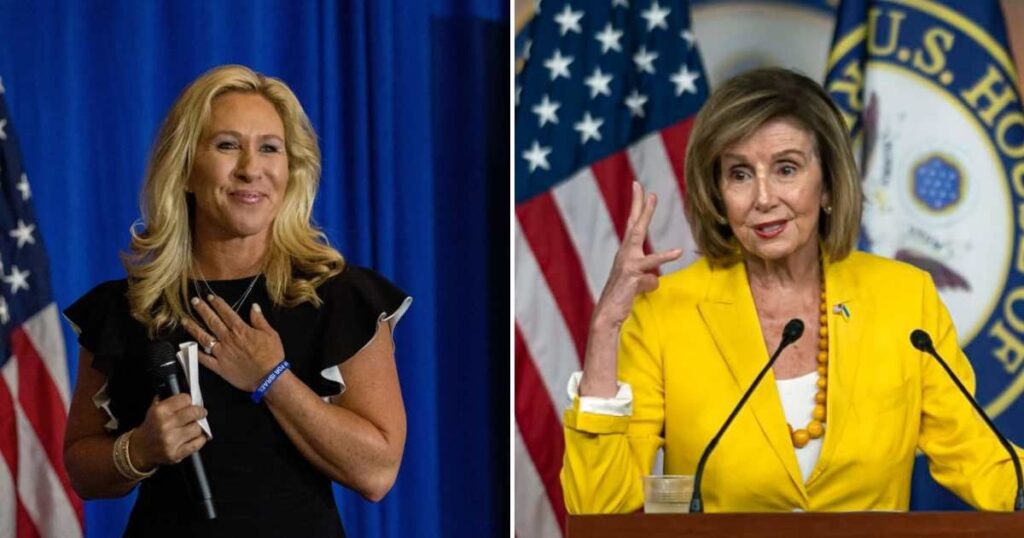The former president Donald Trump was shot on July 13 during the attempted assassination, which the FBI confirms Trump shot on Friday. The statement was succinct and direct. This certification, which was made about two weeks after the incident, allays previous concerns and inconsistent claims about the severity of Trump’s injuries. The FBI’s announcement, in contrast to earlier, rather ambiguous remarks from FBI Director Christopher Wray, was notably the most definitive law enforcement account made available to date. Read More
The Event and Preliminary Responses
On July 13, Trump was the target of a high-profile assassination attempt at a rally in Pennsylvania which FBI confirms Trump shot. The incident garnered significant media coverage and public interest quickly due to the high-profile target and the dramatic circumstances surrounding it. As the situation unfolded, conflicting reports about the extent of Trump’s injuries emerged, igniting a flurry of speculation and conversation.
The FBI’s Statement Regarding the Type of Injury
In a direct statement released on Friday, the FBI confirmed that a bullet, whether whole or broken into smaller bits, was the cause of Trump’s injury. The FBI claims that the deceased attacker’s firearm was the source of this gunshot. Considering Director Wray’s prior contradictory statements, this declaration was a critical turning point. Wray’s earlier remarks seemed to raise doubts about whether Trump had actually been shot, implying that it was unclear if glass or shrapnel had caused the wound.

The Function of Conspiracy Theories in Political Reactions
The FBI’s first remarks were vague, which caused Trump and his allies to react in different ways. Trump quickly used the ambiguity to further his story. He vented his frustration and indignation at the contradictory results, which he and his supporters exploited to support a variety of conspiracies. This pushback struck a chord with a wider audience that had grown more divided and dubious of official narratives, not just those in Trump’s personal circle.
The suggestion that Trump might have been injured by something other than a bullet ignited further conspiracy theories, both from those who doubted the official account and those who sought to exploit the confusion for political gain. In an atmosphere of increased skepticism and doubt, Trump’s team and followers strongly refuted any other theories, reiterating their position that the wounds were caused by a direct gunshot.
Difficulties in Giving Accurate Information
It is important to recognize how difficult it might be to deliver timely and accurate information in cases with as much media attention as this one. Handling the information flow posed significant challenges for the FBI and other federal law enforcement agencies participating in the investigation, including the Secret Service. Finding a balance between public transparency and investigative integrity is challenging. As such, the initial lack of a clear and definitive statement contributed to the dissemination of rumors and conspiracies.
Trump’s Health Records and Campaign
In the midst of the chaos, Trump’s team has been noticeably silent over the release of comprehensive medical records or permitting additional examination of the care he received just after the incident. This hesitation has only made rumors more prevalent. The campaign has drawn criticism for what is seen as a lack of transparency around its choice to censor medical records and limit access for treating professionals. Additionally, it has increased people’s doubts and interest about the actual scope and kind of Trump’s wounds.
Instead, updates on Trump’s condition have primarily come from Trump himself and from his former White House physician, Ronny Jackson. Jackson, who now represents Texas in Congress, has been a key figure in defending the narrative that Trump was hit by a bullet. Even with his extensive medical background and strong relationship to Trump, Jackson’s remarks have come under scrutiny and criticism from a variety of sources.
Ronny Jackson’s Position and Remarks
Despite not being Trump’s primary care physician, Ronny Jackson has been outspoken in his claims that a gunshot actually caused Trump’s injuries. Jackson’s statements have been consistent in affirming that Trump was struck by a gunshot wound to the right ear. He has been critical of any suggestions to the contrary, labeling them as reckless and harmful. Jackson’s position is based on his extensive medical experience, including his service as a combat physician, and his direct observations of Trump’s injuries.
Jackson’s medical assessments have included descriptions of the wound as a “2 cm wide wound that extended down to the cartilaginous surface of the ear.” He has also referenced the CT scan performed at Butler Memorial Hospital, where Trump was first treated. Jackson has taken an assertive stance, but his participation hasn’t completely dispelled mistrust or doubt from other places.
The FBI’s Ongoing Inquiry and Explanations
The FBI released a more thorough statement clarifying that the shooting was an attempted assassination that left Trump wounded and one victim dead, among other casualties. In response to the ongoing uncertainty, this was done. The FBI also said that its Shooting Reconstruction Team was actively examining bullet fragments and other evidence from the scene. This ongoing study aims to provide a complete picture of the issue and address any unresolved questions.
Political and Public Responses
Trump has responded to the issue in public by acting aggressively and assertively. He has criticized Director Wray and the FBI, claiming that they mishandled the situation and damaged the agency’s standing even more. Trump’s statements are indicative of his broader discontent with the federal law enforcement agencies and his belief that they have been coerced into using them against him. These complaints fit into a bigger story that Trump and his backers have been promoting during his political career.
Senator Lindsey Graham, a close ally of Trump, has also weighed in on the issue. In a letter to Wray, Graham urged the FBI to correct any misleading information and to address the confusion surrounding Trump’s injuries. Graham’s intervention highlights the wider consequences for the public’s opinion of the FBI as well as the political ramifications of the agency’s assertions.
Scrutiny of Jackson and Historical Context
Ronny Jackson has faced his share of scrutiny over the years, including controversies related to his tenure as a Navy physician and his conduct as a top White House physician. Despite these issues, Jackson’s statements regarding Trump’s injuries have been influential in shaping public understanding of the situation. The complexities of Jackson’s background add another layer to the ongoing debate and scrutiny.
The Broader Implications and Conclusion
The confusion and controversy surrounding the details of Trump’s injuries highlight the broader challenges of managing high-profile investigations and public communications. The interplay of political responses, public views, and official pronouncements highlights the challenges federal agencies have in upholding their credibility and transparency.
With the FBI’s investigation still underway and Trump’s campaign remaining defensive, the clarification offered by these latest remarks attempts to address some of the ongoing discussions and ambiguities. The circumstances serve as a reminder of the complex dynamics present in well-publicized cases and the influence of political and popular responses on the storyline around such incidents.
For more latest news checkout our website: latestglobalinsight













